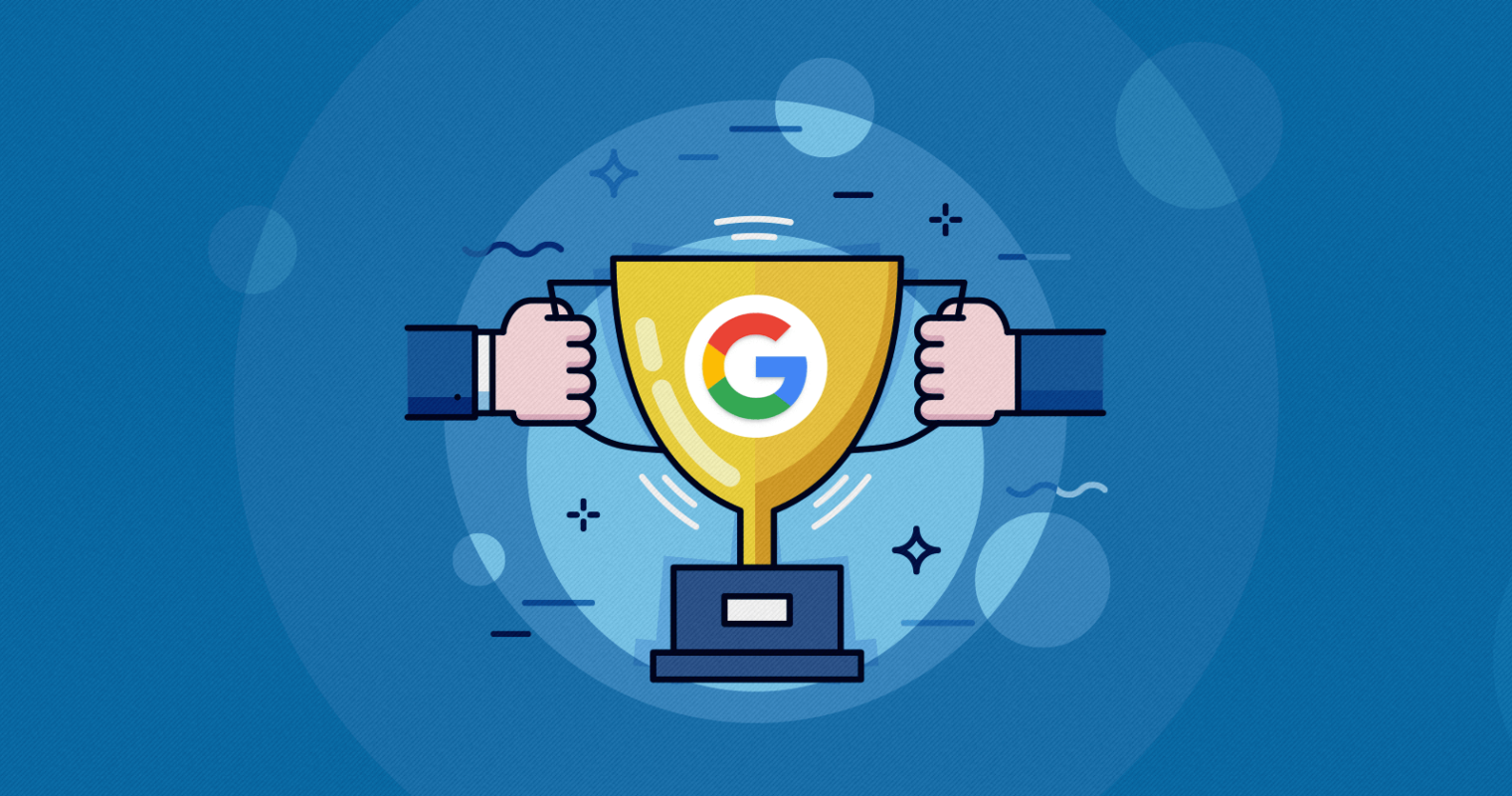Making sure your blog content offers your readers high value is an important lesson to learn, because no one is going to come read your blog or find your offers if your content isn’t something they want to consume.
Know Your Audience
Before you write any content or create any type of content, you really need to know who you’re creating it for. Who are you trying to teach, engage with, inform, educate, and entice to do something?
Understand the Point of Your Blog Content
When you create content for your blog, each piece of content should have its own purpose and reason for being. When you know that purpose, you can craft it so much better.
Create Some Long-Form Content
Add in some content that is longer and more in-depth. This is a great use of your blog space. You can even create one shorter blog post at a time, then create a longer post where you link to each post to make a new long-form blog post that gets your audience to click around.
Use Some Short Content
Add in some shorter content that addresses concerns of your audience and narrows down the information you want to teach them into bite-sized pieces, about 450 to 800 words per blog post.
Add in Trending and Relevant Content
Don’t forget that no matter what your content calendar suggests, news happens. If you don’t add in that trending news, you may not be seen as an expert and you may accidentally be sending your visitors elsewhere to get that news. Even if you just curate trending content, that’s better than ignoring it or being behind the curve.
Use High-Quality Images
Using images that are obviously good quality stock photos or images you take yourself makes your blog look so much better. If you brand those images, that’s even better. You want the images you use for each blog post to advance your message and bring feeling to your readers.
Use Different Formats of Content
Don’t just use text-based blog posts. Use a mixture of infographics, memes, text blog posts, and video. This is going to make your blog look a lot more interesting.
Remember Your SEO
Even though your audience might not notice, good SEO is not just for you, it’s for your visitors too. Using good SEO means that you use accurate titles, good subheadings, and keywords your audience is interested in. It all helps. But, so does blog site design and navigation. This is what adds into the perception of your blog being high value.


